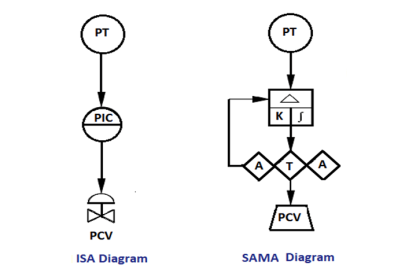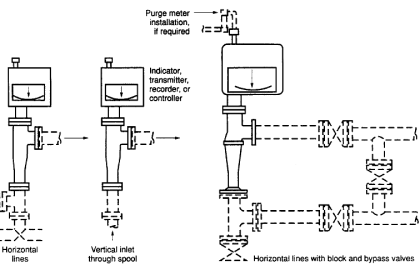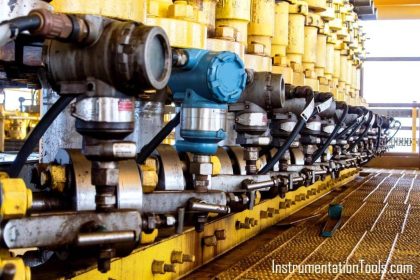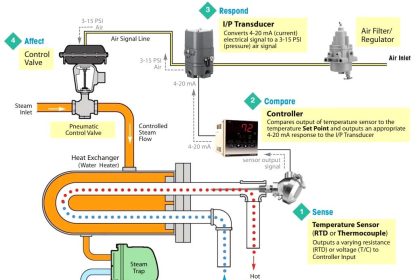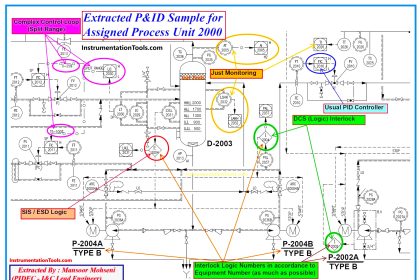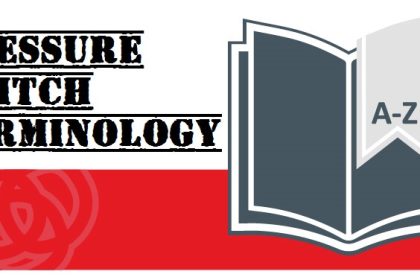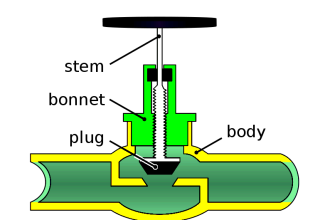NACE International equips society to protect people, assets and the environment from the adverse effects of corrosion.
NACE International founded in the Year 1943 for recommending materials for Oil & Gas Industries and since 1943 it has produced more than 100 standards.
Today, NACE serves nearly 36,000 members in over 130 countries and is recognized globally as the premier authority for corrosion control solutions. The organization offers technical training and certification programs, conferences, industry standards, reports, publications, technical journals, government relations activities and more.
NACE MR0175 is an international standard that gives requirements and recommendations for the selection and qualification of metallic materials for service in equipment used in oil and gas production and in natural-gas sweetening plants in H2S-containing environments.
NACE MR0103 establishes material requirements for resistance to SSC in sour petroleum refining and related processing environments containing H2S either as a gas or dissolved in an aqueous(liquid water) phase with or without the presence of hydrocarbon.
NACE MR0175 applies to upstream exploration and production operations, NACE MR0103 is specific for refinery environments. Both standards provide specific requirements for different metallic materials like carbon and low alloy steels, stainless steels, nickel alloys and other metallic materials.
MR0103 Vs MR0175
The difference is that the MR0175 applies for the harsh, upstream extraction facilities and the MR0103 applies to the downstream “refinery” environment, where most of the H2S has already been removed.
When there is Sour Service we go for NACE, right!
But when It comes to which standard for NACE we use the standard mentioned on design basis.
In a few Vendor Catalogue sometimes NACE MR0103 and Sometimes NACE MR0175 and sometimes both.
(Eg:-For Diaphragm Seal, Orifice, Coriolis, etc )
So what should be accepted when?
Following are my findings
NACE MR0175 is for Petroleum and natural gas industries — Materials for use in H2S-containing environments in oil and gas Production( In short UPSTREAM ).
And NACE MR0103 is for –Materials Resistant to Sulfide Stress Cracking in Corrosive Petroleum Refining Environments ( In short Downstream)
Reading the standards and This Paper providing a comparison between the two standards.
Paper Number 04649 2004 NACE International. All rights reserved.
MR0175 has strict requirements as compared to MR0103 so during my orifice offer evaluation the vendor complied with MR0175 but had no mention of MR0103.
And our requisition states MR0103 (As it was a refinery project). we accept the same.
But during Onshore project Vendor providing MR0103 but not MR0175 must not be accepted.
In simple words like a person working in Summer in the desert (MR0175) can surely sustain the summer in Ireland or other colder countries (MR0103) but not vice versa.
Hope this is helpful!
And if my understanding needs enhancement or Rectification, I would be very grateful to know J!
Note:- This as per my current understanding please verify before applying in your project. This is to give the baseline ideas for new engineers for further exploration. Hope this helps!
Author: Asad Shaikh
Profile: Linkedin
Read Next:
- How ANSI Class Relates to PSI ?
- Accuracy and Turndown
- Standards on RTD
- Zone vs Class / Division
- Flow Meter Verification
